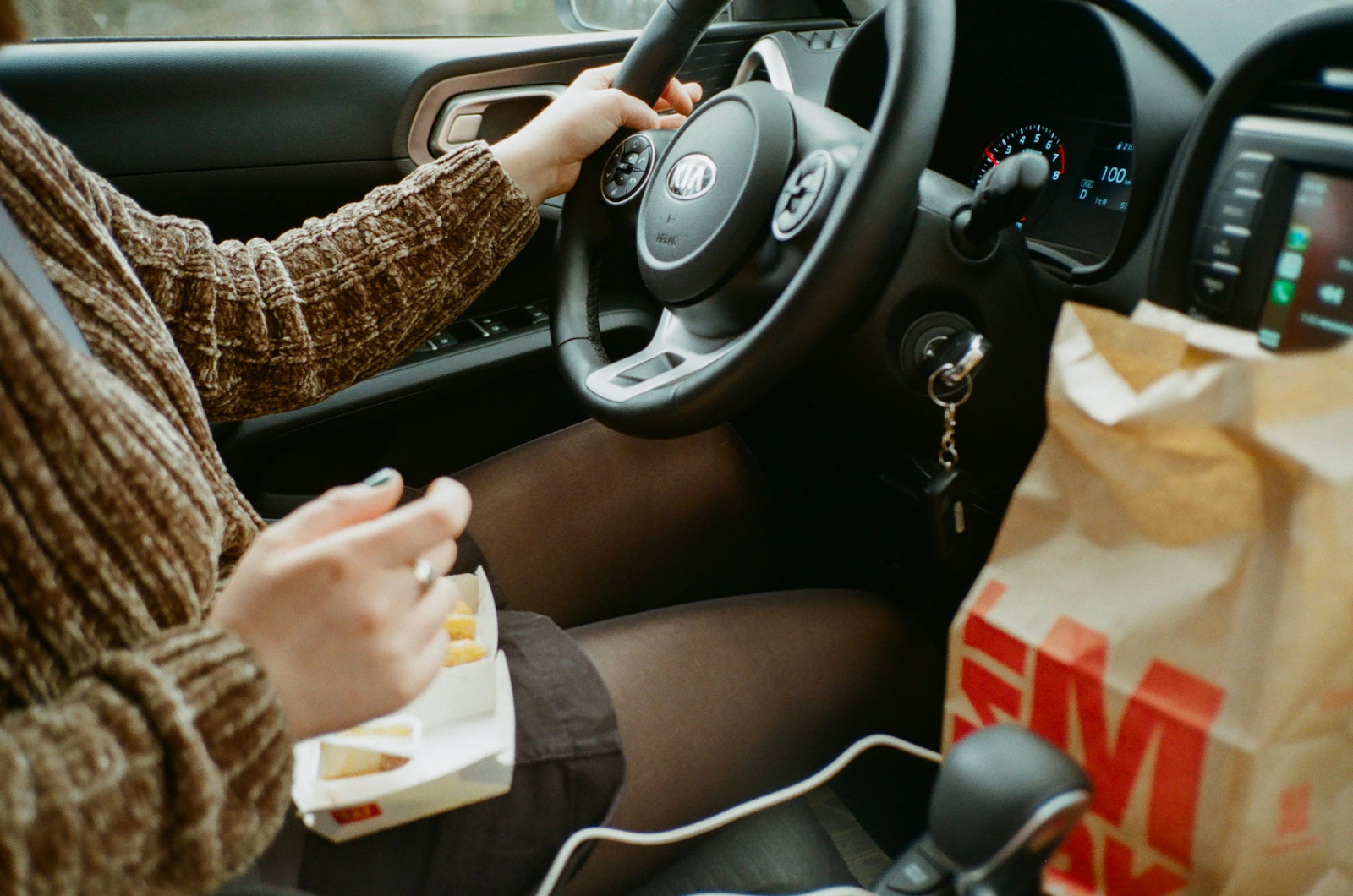Drivers could face massive fines for misunderstanding road rules

Motorists have been urged to understand five common car-based misconceptions to avoid facing penalties.
Although technically legal, there are many everyday driving habits which could land unaware drivers in trouble with the law.
This is why motoring experts from Quotezone.co.uk are sharing their insights on controversial car myths to help drivers avoid trouble on the road.
There are many misconceptions when it comes to driving. Just because something is legal doesn’t mean motorists cannot be prosecuted if their behaviour impacts their ability to control the vehicle.
While on the road, drivers must obey the Highway Code and have complete control of their vehicles.
Rule 148 of the code states safe driving and riding need concentration without distraction to avoid potentially endangering anyone.
It is strongly recommended drivers avoid anything which could slow reaction times and cause avoidable accidents.
Motorists could be fined for careless driving if not in full control of their vehicle, carrying an unlimited fine, up to 9 points and a driving disqualification. *
The government is also looking to change driving penalties, including introducing a new offence for careless driving.**
This will see the increased maximum penalty for causing death by dangerous and careless driving from up to 14 years imprisonment to life imprisonment.
Greg Wilson, the founder at Quotezone.co.uk, said: “Many motorists believe because there is no specific law about doing certain things while driving, it is ok and safe.
“This is dangerous because anything which impedes control could have serious consequences.
“When it comes to cars and driving, there are so many myths about what is and isn’t legal, but it all comes down to not being careless or endangering yourself or anyone else.
“Cars are very dangerous, and driving remains the single most dangerous activity we perform during the day, so it is essential to always be on the ball.
“No one wants to be caught on the wrong side of the law, so it is vital to understand the rules of the road thoroughly.”
Here is Quotezone.co.uk’s list of controversial driving habits which are legal but could cost drivers:
Driving without shoes:
There is a lot of debate and uncertainty around whether driving barefoot is illegal, but there is no law against it, nor is there for wearing flip-flops. However, there is a catch. If a driver’s choice of footwear, or lack thereof, results in dodgy or erratic driving, they could be pulled over and charged for driving without due care and attention, facing a fine of up to £5,000 and up to 9 points on their licence.
Motorists must be able to operate the pedals safely, with rule 97 of the highway code stating drivers must have footwear which does not prevent them from correctly using controls. Using brakes properly could be the difference between having a severe collision and causing a fatality.
Driving with an interior light on:
There is no law against driving with an interior light on, but it is dangerous at night because it can distract and interfere with vision by reflecting on the car windscreen. For this reason, if a driver is pulled over after driving badly, they could expect a careless driving charge.
Driving with headphones in:
To drive safely, motorists should use all their senses to anticipate a problem, and cutting out hearing means you can miss huge clues that something is wrong. While no specific law prevents a driver from using headphones while driving, if caught using them behind the wheel and driving dangerously, police officers can charge them with driving without due care and attention or careless driving. Careless driving can land drivers with an on-the-spot fine of £100 and three penalty points, but if taken to court, the consequences can be much worse, increasing to fines of £5000 and a driving ban.
Smoking and driving:
Smoking at the wheel isn’t an illegal offence, but it distracts from the road and can be used to show careless or dangerous driving. Taking eyes off the road to light a cigarette could put road users at risk, as the highway code specifically lists smoking as a distraction. Coupled with bad driving, the habit could lead to a case in court, a fine of up to £2,500, nine penalty points and even a temporary ban. It can cause an accident and severe consequences like imprisonment in extreme circumstances.
It is worth knowing it is against the law to smoke in a vehicle with someone under eighteen present under the Children and Families Act 2015, and if caught, it could result in a fine.
Eating and driving:
No specific law prohibits eating food while driving unless it impacts attention to the road. Although eating while driving is technically legal it could impede on control of a vehicle. If the police believe a driver eating or drinking behind the wheel caused a distraction and loss of control, they can be fined for careless driving.






